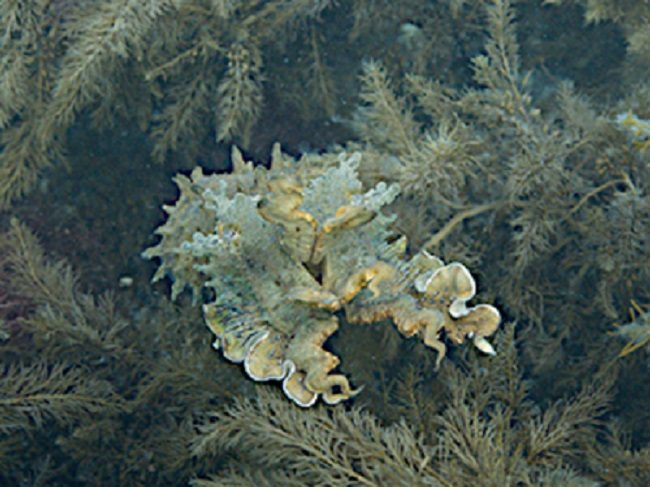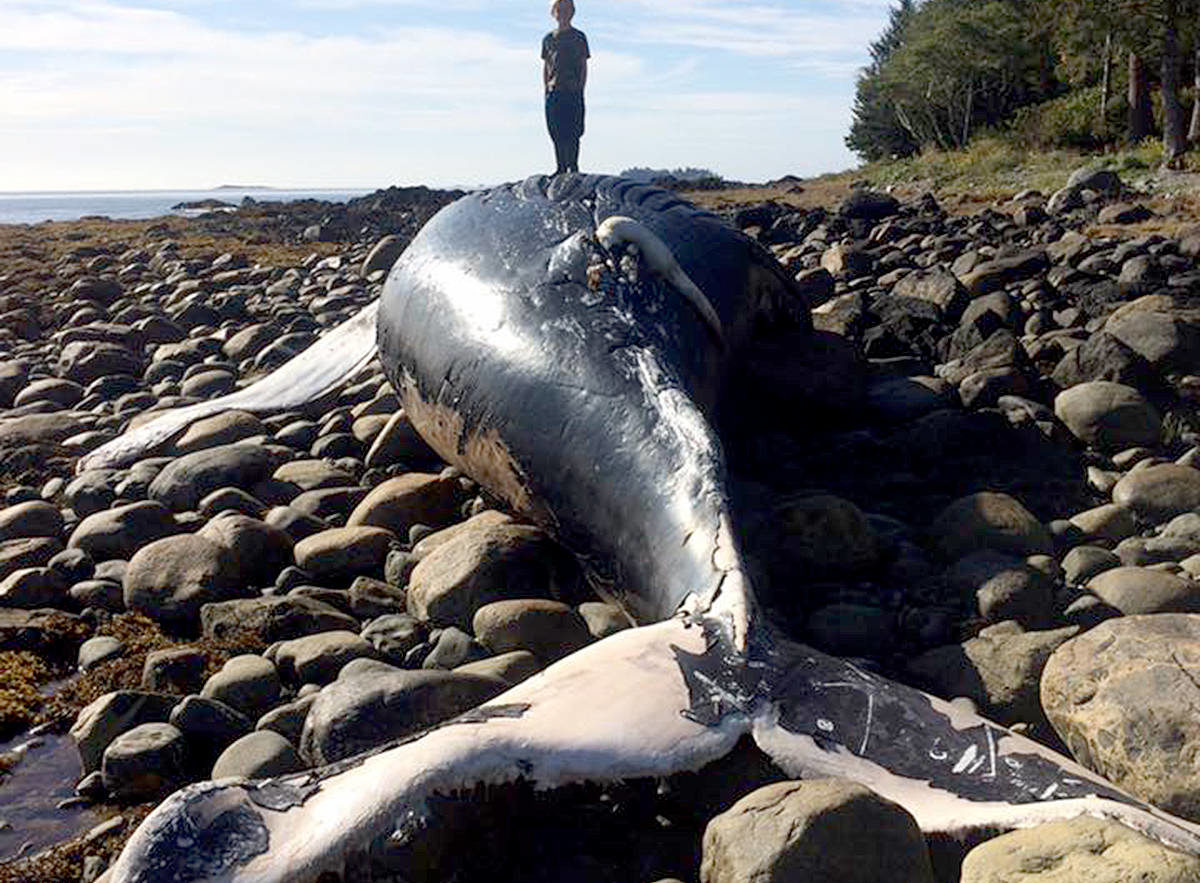
© Roger HanlonSepia apama (giant Australian cuttlefish) expressing its papillae for camouflage purposes.
Woods Hole, Mass.-For the octopus and cuttlefish, instantaneously changing their skin color and pattern to disappear into the environment is just part of their camouflage prowess. These animals can also swiftly and reversibly morph their skin into a textured, 3D surface, giving the animal a ragged outline that mimics seaweed, coral, or other objects it detects and uses for camouflage.
This week, engineers at Cornell University report on their invention of stretchable surfaces with programmable 3D texture morphing, a synthetic "camouflaging skin" inspired by studying and modeling the real thing in octopus and cuttlefish. The engineers, along with collaborator and cephalopod biologist
Roger Hanlon of the Marine Biological Laboratory (MBL), Woods Hole, report on their controllable soft actuator in the October 13 issue of
Science.Led by
James Pikul and
Rob Shepherd, the team's pneumatically activated material takes a cue from the 3D bumps, or papillae, that cephalopods can express in one-fifth of a second for camouflage, and then retract to swim away with minimal hydrodynamic drag. (
See video below of live
Octopus rebescens expressing its skin papillae.)
"Lots of animals have papillae, but they can't extend and retract them instantaneously as octopus and cuttlefish do," says Hanlon, who is the leading expert on cephalopod dynamic camouflage. "These are soft-bodied molluscs without a shell; their primary defense is their morphing skin."


Comment: See also these two related reports from September: Oil worker killed and eaten by hungry brown bears as beasts besiege towns and villages in Russia
Boy mauled to death by brown bear in Krasnoyarsk Krai, Russia